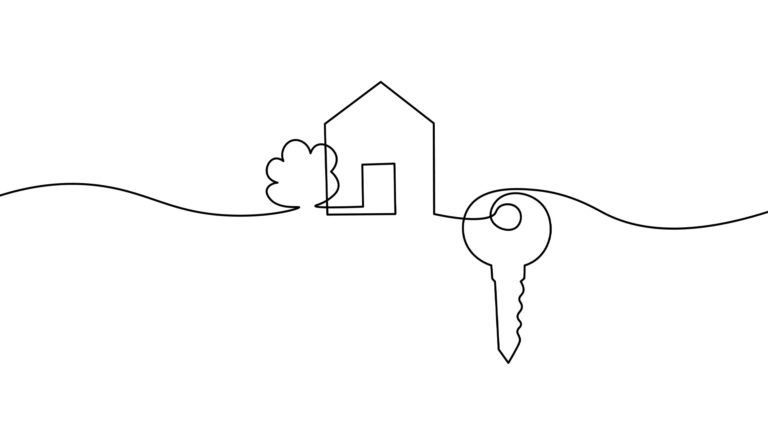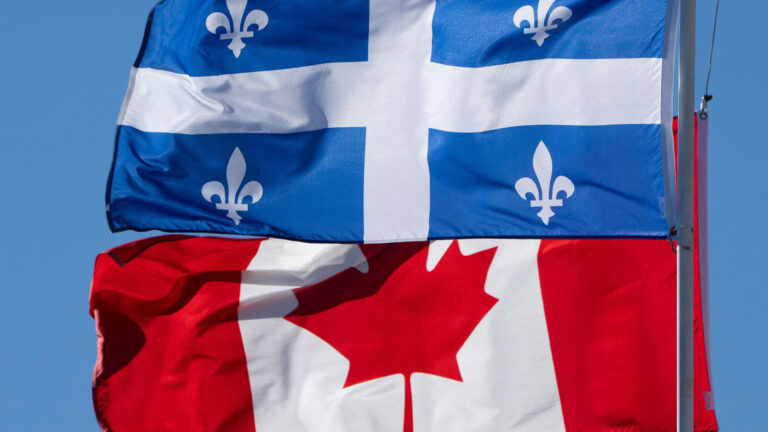Few pieces of legislation during the COVID-19 pandemic have attracted as much attention as Ontario’s Bill 184, the Protecting Tenants and Strengthening Community Housing Act, which received royal assent on July 21. Given the disproportionate impact of COVID-19 on racialized and low-income communities, it is crucial to examine Bill 184 using an intersectionality-based policy analysis (IBPA). IBPA asks how groups often discounted in policy analyses are affected by legislation. In this light, it is clear that Bill 184 has opened the door to a wave of evictions, which will be disproportionately targeted at low-income tenants experiencing intersecting vulnerabilities.
Intersectionality was first conceptualized by the Combahee River Collective in Boston in the 1970s and popularized by the work of Black feminist legal scholar Kimberlé Crenshaw. She argued it was necessary to consider the interaction of race-, gender- and class-based oppression to understand how these factors work to affect the lives of Black women. IBPA is a framework developed by researcher Olena Hankivsky and others. The goal of IBPA “is to better illuminate how policy constructs individuals’ and groups’ relative power and privileges vis-à-vis their socio-economic-political status, health and well-being.” IBPA interrogates the impacts of policies and programs for different groups and asks transformative questions about alternatives.
Among the policy responses to the COVID-19 pandemic were those intended to address the economic crisis it precipitated. The huge disruption across the economy had severe implications for the housing security of many people. While the federal government has offered some limited relief for mortgage payments and commercial tenants, conspicuously absent is any relief for residential tenants. Yet the divide between homeowners and renters is largely a class divide: residential tenants are more likely to be low-income, and more likely to have unaffordable housing. Bill 184 entered this policy vacuum.
Protecting tenants? Or protecting profits?
Although its official title touts tenant protection, Bill 184 greatly increases the rights of Ontario’s landlords at the expense of tenants. Bill 184 includes a provision to allow tenants compensation for some wrongful evictions but permits landlords to evict tenants with only a mediation, not a Landlord and Tenant Board (LTB) hearing. The bill also allows landlords and tenants to determine their own repayment plans for late and unpaid rent. Tenants who fail to meet the deadlines of the repayment plan are subject to eviction, without a formal hearing in front of the LTB. Locking tenants into plans that they cannot afford will disproportionately affect marginalized people, including those with disabilities who may be at high risk for COVID as well as lone mothers who lack access to child care during school closures; both groups may be unable to return to work during the pandemic. Housing Minister Steve Clark suggests circumventing the Landlord and Tenant Board will ease bureaucratic entanglement and create faster solutions for both tenants and landlords. But the power differential between landlords and their tenants means that removing checks and balances from the process benefits landlords more than tenants, with marginalized tenants being unequally penalized.
The response of various groups to this proposed legislation highlights the inequalities exacerbated by Bill 184. A landlord advocacy group, Ontario Landlords Association, states that Bill 184 places too much trust in tenants, who landlords think will use the new requirement of mediation to evade rent payment. Nonetheless, the group’s discussion forums include posts with subjects like “How can I use Bill 184 to evict all my tenants and re-rent to ‘professionals’ at higher rents?” If the government maintains that Bill 184 is meant to protect tenants, it should let the landlords know.
Tenant groups across Ontario have urged the Ontario legislature to block the bill. The outcry surrounding Bill 184 is intersectional as well, with groups like Standing Up For Racial Justice Toronto and the Disability Justice Network of Ontario participating in protests. In removing protection for tenants, the Ontario legislation specifically harms structurally marginalized communities, particularly those living with poverty, people with disabilities and Black, Indigenous and racialized people, who face structural barriers to housing and are at increased risk of eviction.
Two crises converge
Bill 184 is retroactive to March 17, the day the Ontario government declared a state of emergency due to COVID-19, a strong indication that it is a response to the increased incidence of rent arrears during the pandemic Commentators have argued that tenants can and should find ways to pay rent, through savings, employment or government assistance, such as the CERB payment. The problem with this perspective is twofold: first, it ignores the reality that, for many renters, these options are insufficient to meet their rent burden. For example, people with disabilities are facing increased expenses related to personal protective equipment, transportation and delivery services, yet are coping with reduced incomes. More generally, many working-class people living in high-rent markets remain unable to pay rent. Second, this position demands that renters protect the private investment income of landlords at the expense of providing for their own basic needs.
The current housing crisis is caused not by tenants evading their responsibilities but instead by a policy vacuum created by the inaction of the Ontario and federal governments during the pandemic. Bill 184 opens the door to massive evictions during a pandemic, a concerning policy strategy from a public health perspective. The implications are chilling, given the relationship between secure housing and health. Toronto Public Health data demonstrates Black, racialized and low-income communities have been disproportionately impacted by COVID-19 infection, and these are the same communities that will face the greatest risk of losing their housing under Bill 184. With no designated rent relief programs, tenants have essentially been left to fend for themselves in paying for housing and are now being penalized for government inaction.
Policy alternatives
Without the ability to go back in time and introduce real tenant protections in the Ontario legislature at the beginning of the COVID-19 pandemic, the best the government can do now is support the demands of tenants’ rights groups. Minimally, Ontario should reinstate a moratorium on evictions while COVID-19 is affecting the ability of people to live and pay rent. While an eviction moratorium would benefit all tenants, the greatest benefit would be for tenants experiencing socio-economic marginalization: those living with disabilities, single parents, racialized tenants and those unable to return to work, as these groups are disproportionately at risk of eviction. An eviction moratorium would lead not only to more equitable housing policy, but also to more equitable public health policy during a deadly and global pandemic. Ontario must take concrete steps to protect residential renters, now and far into the future.
This article is part of the The Coronavirus Pandemic: Canada’s Response special feature.













